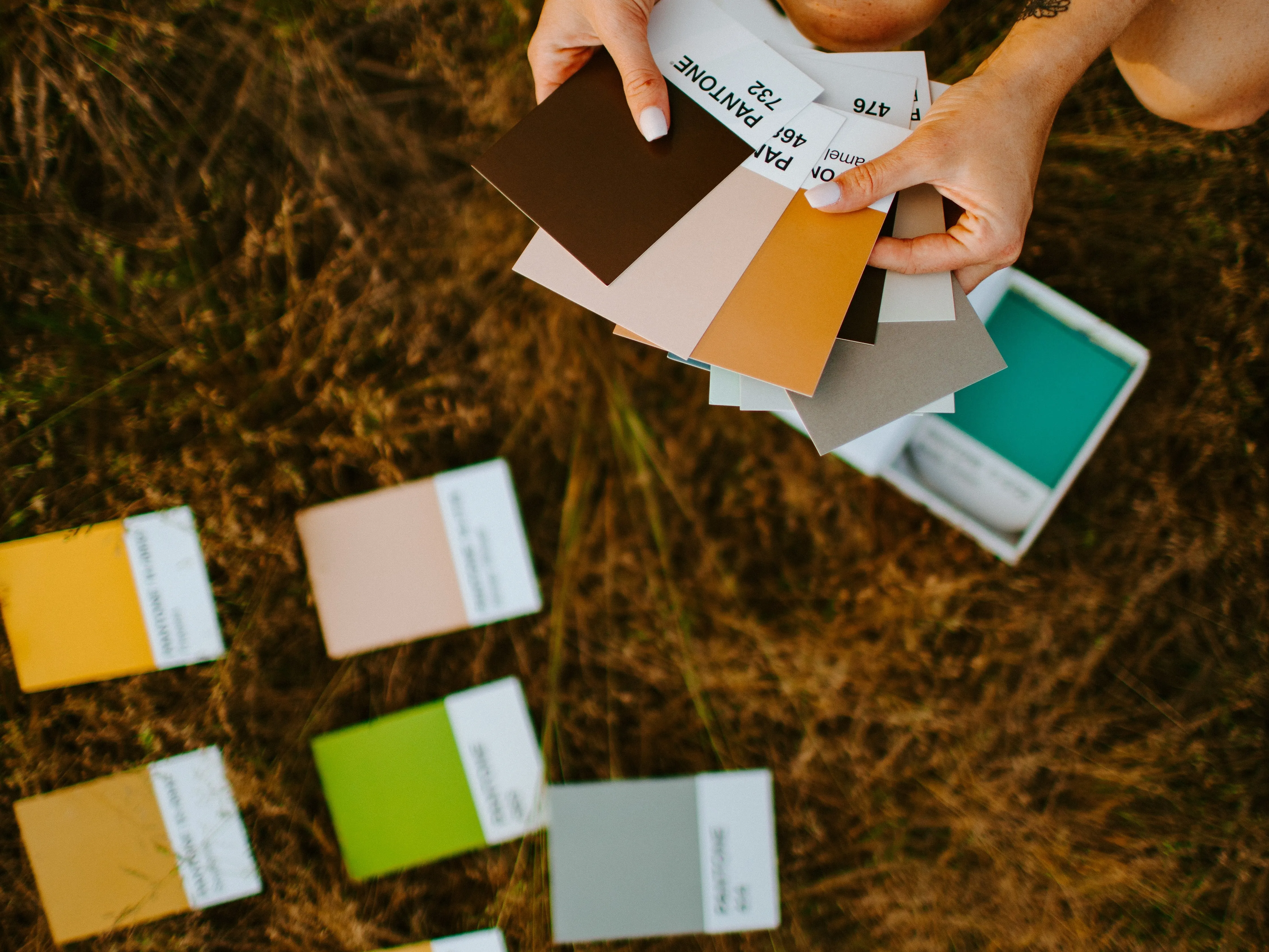Paint color selection problem
You have entered the home stretch of your remodeling project. It’s time to make it look amazing. The contractor or painters you have hired suggest that you select the paint color for the house. They want to avoid any subjectivity or emotional debate you have with your spouse about light blue vs metallic grey. However, you are unsure of where to start. This article is for you!
Color palette
You need a color combination from a specific paint company, such as Sherwin Williams (SW). A color palette is also known as a triplet of color names. For example, SW 9065 (Perfect Periwinkle) is a popular color from Sherwin Williams and here is a color palette created using SW 9065 as the main color.
The main color in the palette should be applied to the walls and/or ceiling. The accent color should be used to make one architectural element, such as a single wall, stand out. The remaining color should be used to paint trims, doors, and cabinets. While there is no hard-and-fast rule for how much surface area each color should occupy, experts and color consultants recommend a 60-30-10 ratio.

Color palette creation
To create your own color palette, first select a main color. This decision will depend on the type of room(s) you are painting. Different colors evoke different sentiments in all of us, making them suitable for one room type vs the other. Here is table showing the choice for different room types.
| Room Name | Color Feel | Color Scheme |
|---|
| Kitchens | Warm and Welcoming Colors | Reds and Earth Tones |
| Living rooms | Neutral Colors | Tans and Beiges |
| Bedrooms/Home offices | Soft and Calming Colors | Blues and Greens |
The first method is to examine the color wheel. You can read this article for what each type means. This method uses the color wheel to create a palette of three colors, with the main color being the dominant shade and the other two being complementary.
The second method is to use the split-complementary color scheme. This scheme uses the main color and two adjacent colors on either side of its complement. This creates a harmonious, balanced palette.
The third method is the analogous color scheme. This scheme uses the main color, along with two other adjacent colors on either side of the main color. This creates a warm and inviting palette.
The fourth method is the monochromatic color scheme. This scheme uses the main color, along with two lighter and darker shades of the same color. This creates a unified and sophisticated palette.

Testing
Several valid color palettes have been generated using known design principles, and you need to pick one.
One solution is to go to the paint store, buy samples which cost approximately $7 for each color, and paint a sample area, such as 1ft x 1ft, and observe it for at least one full day to see how the color changes over the course of the day. However, there are two main drawbacks to this solution:
- It can be costly if you want to try out even 10 different paints.
- A small patch still provides a limited understanding of how the color would look when applied over the entire wall and other surfaces.
To narrow down your list of paint colors, you can try the free online apps offered by various paint companies. These apps allow you to apply colors to sample room photos, but this isn’t always helpful. Some of these apps let you upload a photo of your own room, but the results are usually not as accurate as what you see in sample rooms.
To accurately judge a color palette for your home, you need to view it in a 3D replica of your space. This includes not only walls and ceilings, but also doors, windows, and other architectural elements. You should also be able to walk through the painted room in 3D and view it under different day and night lighting. Trisetra Decor can help you achieve this and more. Go to trisetra.com to signup for access to our beta program.
Finalization
Armed with your favorite color palette, you’re eager to instruct the contractors on what to paint on the walls, ceilings, and other architectural elements. However, there’s another factor to consider: the sheen of the paint.
The sheen of a paint determines how shiny it appears when applied to the surface. There are five types of sheen: Gloss (highest light-reflective), Semi-gloss, Satin, Eggshell, and Flat/Matte. Gloss is best suited for surfaces that require frequent cleaning, such as kitchen backsplashes, while matte finishes are ideal for surfaces with little interaction, such as accent walls in bedrooms.

To determine how many gallons of paint are needed, you must measure the walls, windows, and doors to estimate the surface area. Generally, one gallon is enough to cover 400 square feet of the surface with a single coat of paint.
You can use Trisetra Decor to generate a paint card that contains all the information needed to finalize the task of paint selection and purchase. Here’s an example of a paint card generated by our app.

An additional factor in finalizing a color palette is finding a common ground among different opinions of family members on which color scheme to choose. Thankfully, Trisetra Décor provides a real time sharing feature that lets your entire family to participate in the decision making process fully.







